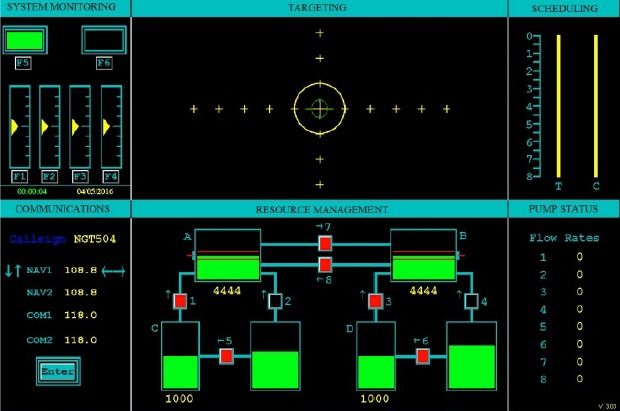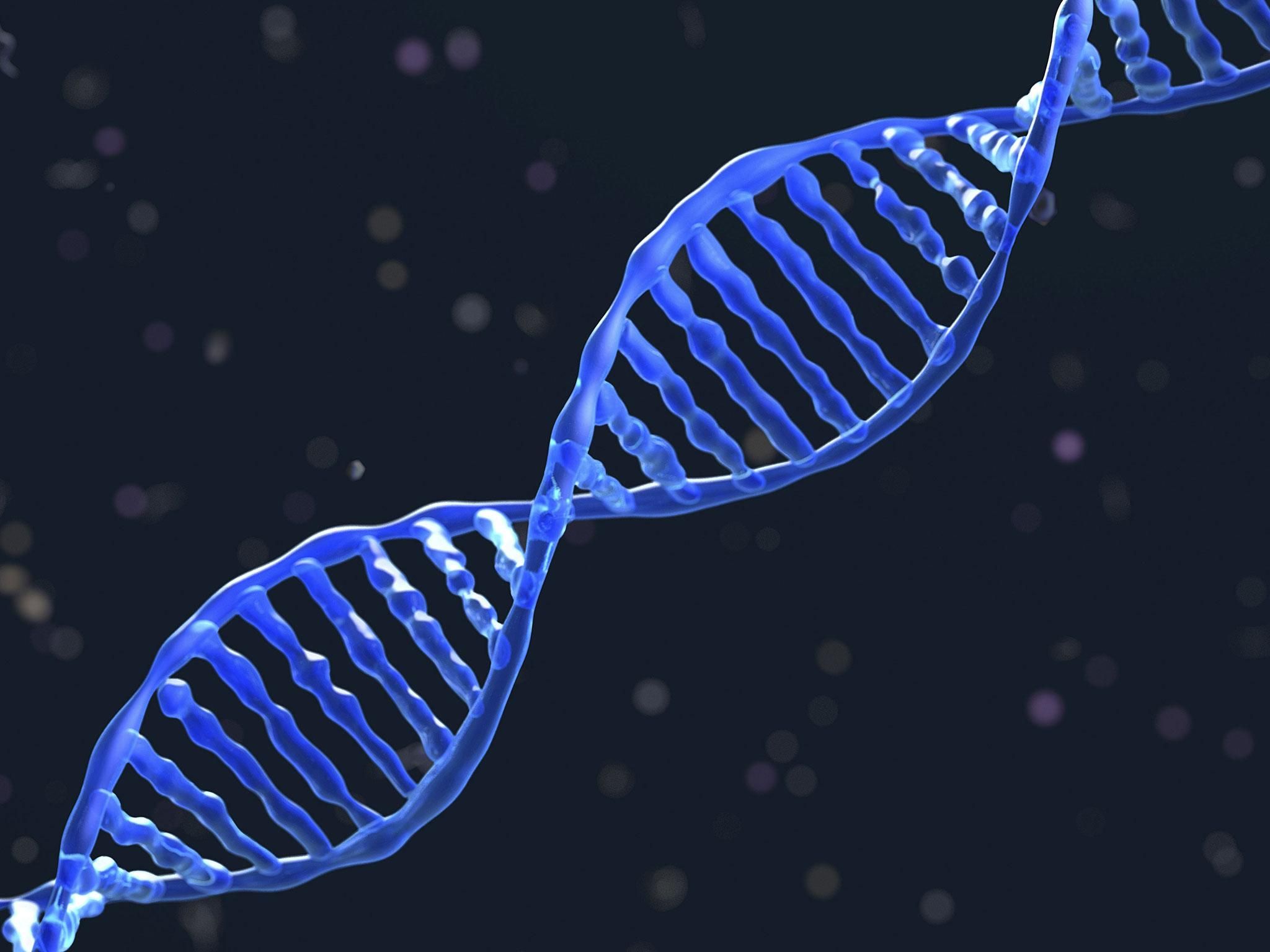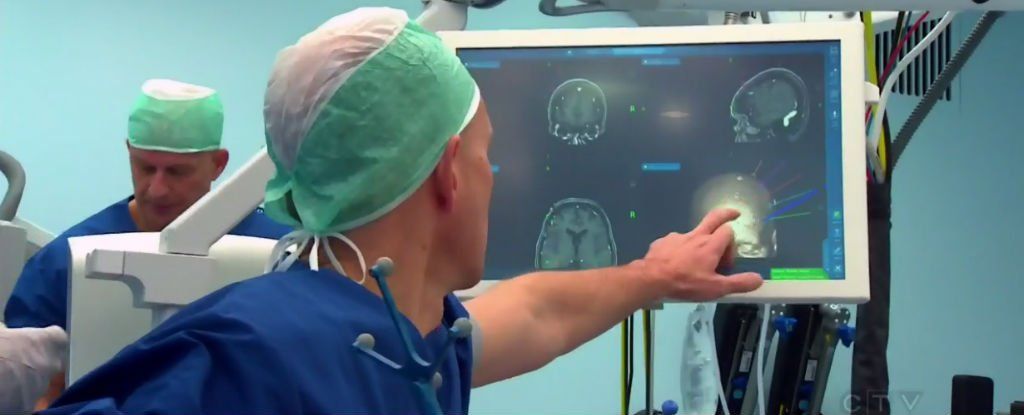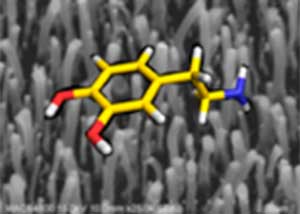Archive for the ‘neuroscience’ category: Page 871
Nov 16, 2016
Test of transcranial direct current stimulation (tDCS) of the brain shows improved multitasking performance
Posted by Sean Brazell in category: neuroscience
Placement of five anode electrodes (left) over the dorsolateral prefrontal cortex and the cathode (right) over the right shoulder (to avoid spurious cognitive effects from cortical excitability) (credit: Justin Nelson et al./ Front. Hum. Neurosci.)
In an experiment at the Air Force Research Laboratory, Wright-Patterson Air Force Base in Ohio, researchers have found that transcranial direct-current stimulation (tDCS) of the brain can improve people’s multitasking skills and help avoid the drop in performance that comes with information overload.
The study was reported in a pre-publication paper in the open-access journal Frontiers of Human Neuroscience. It was motivated by the observation that various Air Force operations such as remotely piloted and manned aircraft operations require a human operator to monitor and respond to multiple events simultaneously over a long period of time. “With the monotonous nature of these tasks, the operator’s performance may decline shortly after their work shift commences,” according to the researchers.
Nov 16, 2016
DNA-editing breakthrough could fix ‘broken genes’ in the brain, delay ageing and cure incurable diseases
Posted by Shane Hinshaw in categories: biotech/medical, genetics, life extension, neuroscience
Scientists have discovered a new way to edit DNA that could fix “broken genes” in the brain, cure previously incurable diseases and potentially even extend the human lifespan.
The breakthrough – described as a “holy grail” of genetics – was used to partially restore the sight of rats blinded by a condition which also affects humans.
Previously researchers were not able to make changes to DNA in eye, brain, heart and liver tissues.
Nov 14, 2016
This World-First Brain Implant Is Letting a ‘Locked-In’ Woman Communicate
Posted by Shane Hinshaw in categories: biotech/medical, computing, neuroscience
A paralysed woman in the Netherlands is the first to be fitted with a new type of brain implant that allows patients who cannot speak or move to communicate using nothing but their thoughts.
The new implant, which works with a computer interface to help her spell out words and sentences, can be used anywhere, allowing her to communicate with people in the outside world, without medical experts on hand to help.
“This is a world first,” neuroscientist and lead researcher Nick Ramsay, from the University Medical School Utrecht, told CNN. “It’s a fully implantable system that works at home without need for any experts to make it work.”
Continue reading “This World-First Brain Implant Is Letting a ‘Locked-In’ Woman Communicate” »
Nov 13, 2016
Primates Regain Control of Paralyzed Limb with Wireless Bridge Between Brain and Spine
Posted by Karen Hurst in categories: biotech/medical, neuroscience
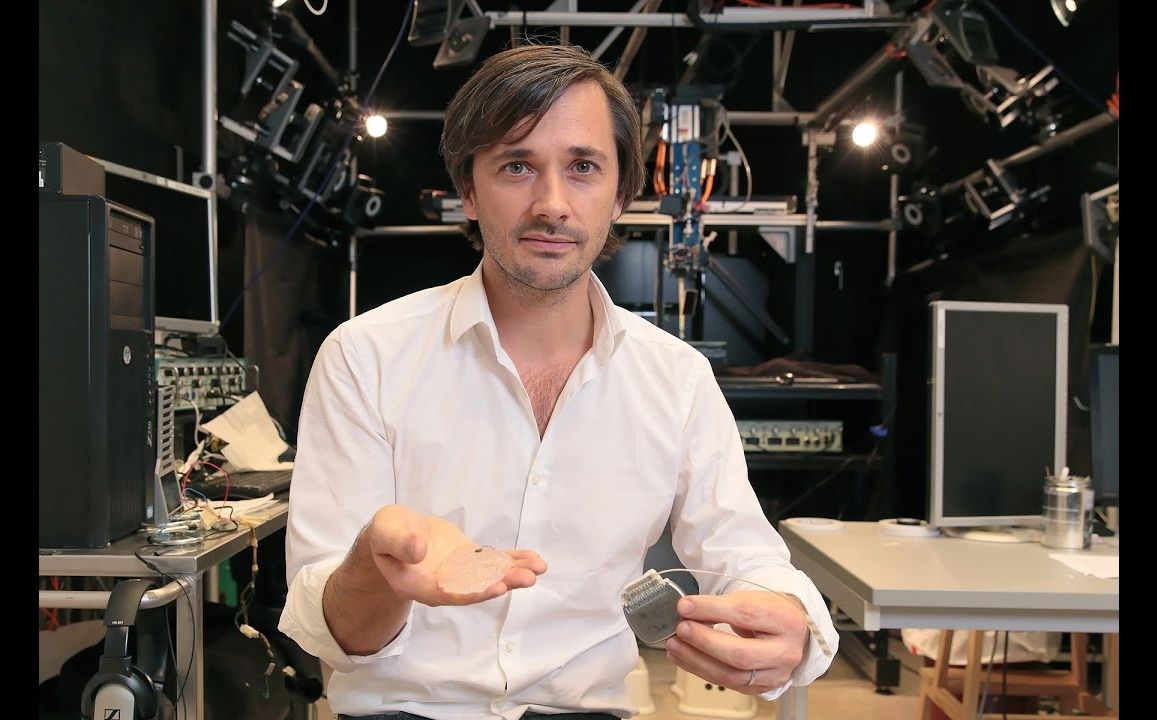
It won’t be long now for humans.
A site dedicated to the sciences, recent scientific discoveries and advances.
Nov 13, 2016
Semantic Scholar search engine is expanded into neuroscience
Posted by Karen Hurst in categories: neuroscience, quantum physics, robotics/AI
Bio Intelligence-based search engine; coming soon. Building blocks if you think about it with the whole Synthetic DNA storage, connected cell circuitry to make buildings, machines, devices, etc. living. We needed quantum in the infrastructure to ensure things like bio-intelligence, autonomous machines, and connected super humans could eventually happen while reducing risks and threats. Now, we’re watching the ramp up of synthetic bio systems. Definitely exciting especially when we could see in our lifetime mobile devices no longer needed.
(Tech Xplore)—Allen Institute for Artificial Intelligence is in the news with its smart search engine, Semantic Scholar.
Namely, they are expanding their intelligence-based search engine service into neuroscience research.
Continue reading “Semantic Scholar search engine is expanded into neuroscience” »
Nov 11, 2016
Paralyzed Monkeys Able to Walk Again With Brain Implant. Human Trials Are Next
Posted by Elmar Arunov in categories: biotech/medical, neuroscience
In Brief:
- Using a system of electrodes, transmitters, receivers, scientists were able to restore leg function in a primate, completely bypassing damaged nerves.
- While this remarkable feat may be decades away from human use, it is a promising development for the hundreds of thousands of people in the U.S. with spinal cord injuries
.
Nov 11, 2016
Steve Aoki Throws a Party For Science
Posted by Steve Hill in categories: life extension, neuroscience, science
Party for Science with Steve Aoki and help raise awareness and funds for the SENS Research Foundation.
Hang with DJ Steve Aoki at a nightclub and you can expect an earful of his electronic bangers and confetti in your hair. Cozy up to Steve Aoki at Brooklyn Bowl on November 15 and you’ll get to hit pins alongside neuroscientists, bid on one-of-a-kind experiences in live and silent auctions (think jumping into the foam pit at Aoki’s Las Vegas “playhouse”) and catch him outside the booth as he hosts the Aoki Foundation’s Bowling for Brains fundraiser. The inaugural event supports the Buck Institute on Aging, SENS Research Foundation and Las Vegas’ own Lou Ruvo Center for Brain Health, continuing the foundation’s ongoing support of regenerative science.
Nov 10, 2016
Tailored carbon nanomaterials could help treating neurological diseases
Posted by Karen Hurst in categories: biotech/medical, nanotechnology, neuroscience
Tomi Laurila’s research topic has many quirky names.
‘Nanodiamond, nanohorn, nano-onion…’ lists off the Aalto University Professor, recounting the many nano-shapes of carbon. Laurila is using these shapes to build new materials: tiny sensors, only a few hundred nanometres across, that can achieve great things due to their special characteristics.
Tl.pngFor one, the sensors can be used to enhance the treatment of neurological conditions. That is why Laurila, University of Helsinki Professor Tomi Taira and experts from HUS (the Hospital District of Helsinki and Uusimaa) are looking for ways to use the sensors for taking electrochemical measurements of biomolecules. Biomolecules are e.g. neurotransmitters such as glutamate, dopamine and opioids, which are used by nerve cells to communicate with each other.
Nov 10, 2016
Lifespans Are (Not) Long Enough
Posted by Steve Hill in categories: biotech/medical, ethics, life extension, neuroscience
Aubrey de Grey and Brian Kennedy debate the motion that “Lifespans are long enough” at Intelligence2. This was a great show and the results speak for themselves as do the convincing arguments presented by Brian and Aubrey. If you missed it first time around earlier this year you should watch it now.
“What if we didn’t have to grow old and die? The average American can expect to live for 78.8 years, an improvement over the days before clean water and vaccines, when life expectancy was closer to 50, but still not long enough for most of us. So researchers around the world have been working on arresting the process of aging through biotechnology and finding cures to diseases like Alzheimer’s and cancer. What are the ethical and social consequences of radically increasing lifespans? Should we accept a “natural” end, or should we find a cure to aging?”
On February 3rd, 2016, SRF’s Chief Science Officer Aubrey de Grey joined forces with Buck Institute for Research on Aging President/CEO Brian Kennedy to oppose the motion that “Lifespans Are Long Enough”, in a debate hosted at New York’s Kaufman Center by Intelligence2 Debates. The team proposing the motion comprised Paul Root Wolpe, Director of the Emory Center for Ethics, and Ian Ground of the UK’s Newcastle University.

